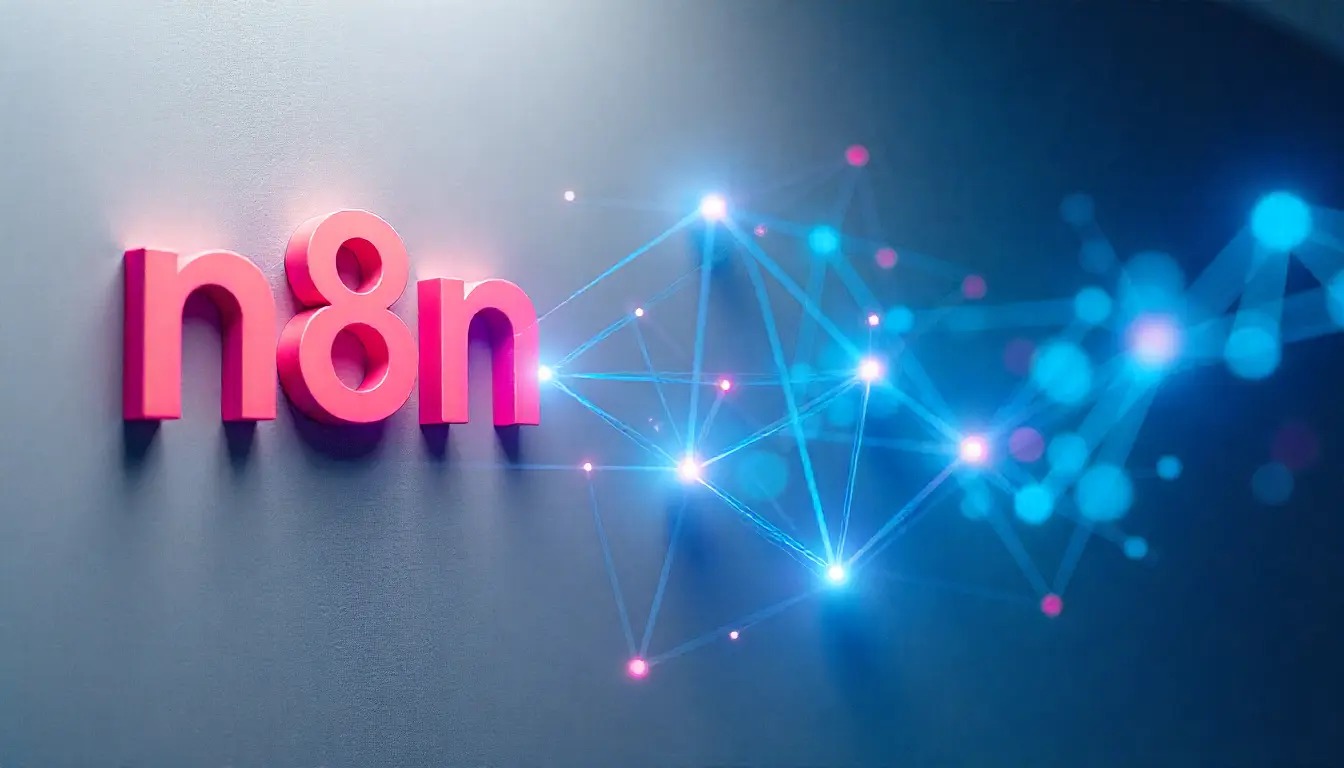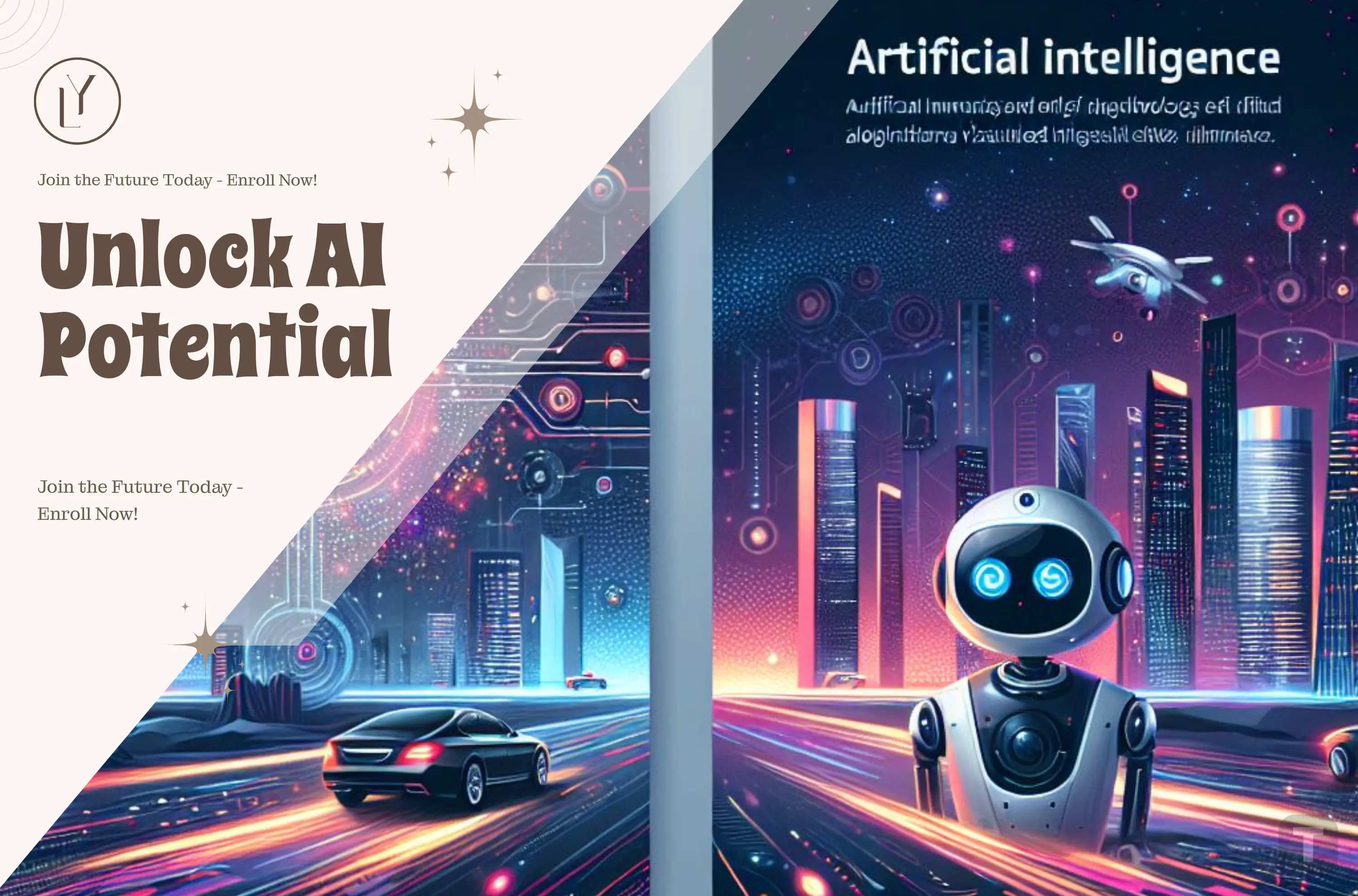
Introduction
Natural Language Processing (NLP) has emerged as one of the most transformative fields within artificial intelligence (AI), enabling machines to understand, interpret, and generate human language. From chatbots to translation services and voice assistants, NLP has revolutionized the way we interact with technology. It’s everywhere—helping businesses, enhancing customer experience, supporting medical advancements, and empowering researchers by making sense of the massive amounts of textual data generated every day.
What is Natural Language Processing (NLP)?
At its core, Natural Language Processing (NLP) is a branch of AI that focuses on the interaction between computers and human (natural) languages. It enables machines to process, analyze, and derive meaning from human language in a way that is valuable. NLP is a critical component of technologies like search engines, language translation, sentiment analysis, chatbots, and virtual assistants like Siri or Alexa.
The challenge in NLP is that human languages are complex, with subtle nuances, multiple meanings for words, varying contexts, and countless rules. NLP helps machines make sense of these intricacies, transforming human communication into data that machines can understand and use.
How NLP Works: A Simplified Overview
NLP combines linguistics, computer science, and AI to bridge the gap between human language and machine understanding. Here’s a simplified breakdown of how NLP processes language :
1. Text Preprocessing
Before machines can analyze text, it must be cleaned and converted into a form that a computer can process. Common preprocessing steps include:
Tokenization: Splitting text into smaller chunks or tokens (e.g., words or sentences).
Lemmatization & Stemming: Reducing words to their root forms (e.g., “running” →"run").
Stop Word Removal: Removing common but uninformative words (e.g., “the,” “is,” “and”).
2. Syntax and Parsing
NLP systems analyze sentence structure and grammatical relationships between words. This is done through:
Part-of-Speech (POS) Tagging: Identifying the role of each word in a sentence (noun, verb, adjective, etc.).
Dependency Parsing: Understanding how words in a sentence relate to each other hierarchically.
3. Semantic Analysis
This step involves deriving meaning from text. It’s about understanding the relationships between words and phrases.
Named Entity Recognition (NER): Identifying and classifying entities such as names, places, dates, and organizations.
Word Sense Disambiguation (WSD): Determining which meaning of a word is being used in a given context (e.g., the word "bank" could mean a financial institution or the side of a river).
4. Sentiment Analysis
NLP can detect the emotional tone behind a piece of text. Is the text positive, negative, or neutral? This is critical for applications like customer feedback analysis or product reviews.
5. Text Generation and Translation
Modern NLP models can generate human-like text based on input prompts or translate between languages. This involves:
Language Models: These models predict the next word or sentence in a sequence, helping with tasks like text completion, summarization, or translation.
Key NLP Techniques and Models
Over the years, NLP has evolved from rule-based systems to more advanced techniques, with neural networks and deep learning driving the current wave of breakthroughs.
1. Bag of Words (BoW) and TF-IDF
Bag of Words: One of the earliest approaches to NLP, BoW creates a representation of text by counting the occurrence of words in a document. However, it ignores the context and word order.
TF-IDF (Term Frequency-Inverse Document Frequency): This method helps identify important words in a document by weighing frequently occurring words while reducing the importance of common words like "the" or “is.”
2. Word Embeddings
Word embeddings are dense vector representations of words, where words with similar meanings have similar vectors. Models like Word2Vec and GloVe allow machines to capture semantic relationships between words. For instance, the embedding of "king" is similar to "queen," and the difference between "king" and "queen" is similar to the difference between "man" and "woman."
3. Recurrent Neural Networks (RNNs) and LSTMs
Recurrent Neural Networks (RNNs) and their improved versions, Long Short-Term Memory (LSTM) networks, are used for sequence modeling. They can handle time-series data or sequential text by maintaining memory of previous inputs, which helps in tasks like language translation and text generation.
4. Transformer Models and Attention Mechanism
The introduction of transformers has revolutionized NLP. These models use a mechanism called self-attention, which allows them to consider all words in a sentence simultaneously rather than sequentially (like RNNs). The most famous transformer-based model is BERT (Bidirectional Encoder Representations from Transformers), which captures the context of a word from both directions—left and right. Other noteworthy models include GPT (Generative Pretrained Transformer) and T5.
The transformer architecture forms the backbone of today’s most advanced NLP systems, like GPT-3 and ChatGPT, which generate human-like text and perform complex conversational tasks.
NLP in Everyday Applications
NLP powers many of the tools and technologies we interact with daily, making machines better communicators and interpreters of human language. Some popular NLP applications include:
1. Chatbots and Virtual Assistants
NLP is the driving force behind conversational agents like Siri, Alexa, Google Assistant, and customer service chatbots. These systems can understand spoken or written commands, respond appropriately, and perform tasks such as setting reminders, answering questions, or helping users navigate websites.
2. Sentiment Analysis
Businesses use sentiment analysis to monitor social media, reviews, and customer feedback. NLP models can analyze vast amounts of data and provide insights into customer opinions, helping brands improve products, services, and customer experiences.
3. Language Translation
Tools like Google Translate rely on NLP to translate text from one language to another. Advanced models can now produce translations that closely match the tone and nuances of the original text.
4. Text Summarization
NLP can condense long documents, news articles, or research papers into concise summaries, saving time for readers. This is valuable for applications like news aggregators or academic research tools.
5. Search Engines
Search engines like Google use NLP techniques to interpret user queries and match them with the most relevant web pages. NLP helps understand synonyms, contextual meaning, and even voice search commands, improving the search experience.
6. Spell Check and Grammar Correction
Writing assistants like Grammarly and word processors use NLP to detect grammatical errors, suggest corrections, and improve writing style by analyzing sentence structure and tone.
The Future of NLP
NLP is progressing rapidly, with continuous improvements in accuracy, fluency, and understanding of complex linguistic constructs. Here are some trends shaping the future of NLP:
1. Multimodal Learning
NLP is becoming more integrated with other AI fields like computer vision and speech recognition. Multimodal learning involves combining text, images, and audio to build models that understand and generate content across different data types. For example, generating captions for images or understanding context in video content.
2. More Ethical and Bias-Free Models
As NLP models get larger and more powerful, concerns about bias in AI outputs have grown. Researchers are working on developing models that are more fair, inclusive, and transparent in their decision-making process to avoid reflecting or amplifying societal biases present in the training data.
3. Personalized Language Models
NLP is heading toward models that are capable of providing more personalized and context-aware responses. Future models may tailor conversations, writing suggestions, or translations based on an individual’s style, preferences, or cultural context.
4. NLP for Low-Resource Languages
Much of the recent success in NLP has been focused on a few major languages, primarily English. The future of NLP will involve extending these technologies to low-resource languages, which don’t have large datasets or training resources, thus promoting language inclusivity in the digital space.
Conclusion
Natural Language Processing is transforming how humans interact with machines and how machines understand our world. From chatbots that assist customers to language translation systems that break down global barriers, NLP plays a pivotal role in making human-language interaction seamless, accurate, and meaningful. As technology advances, NLP will continue to evolve, becoming even more powerful and integral to AI applications in almost every industry.
The journey of NLP has only just begun, and with future advancements, it promises to further bridge the gap between humans and machines—creating systems that not only understand our words but also grasp our intentions, emotions, and the nuances of communication.










